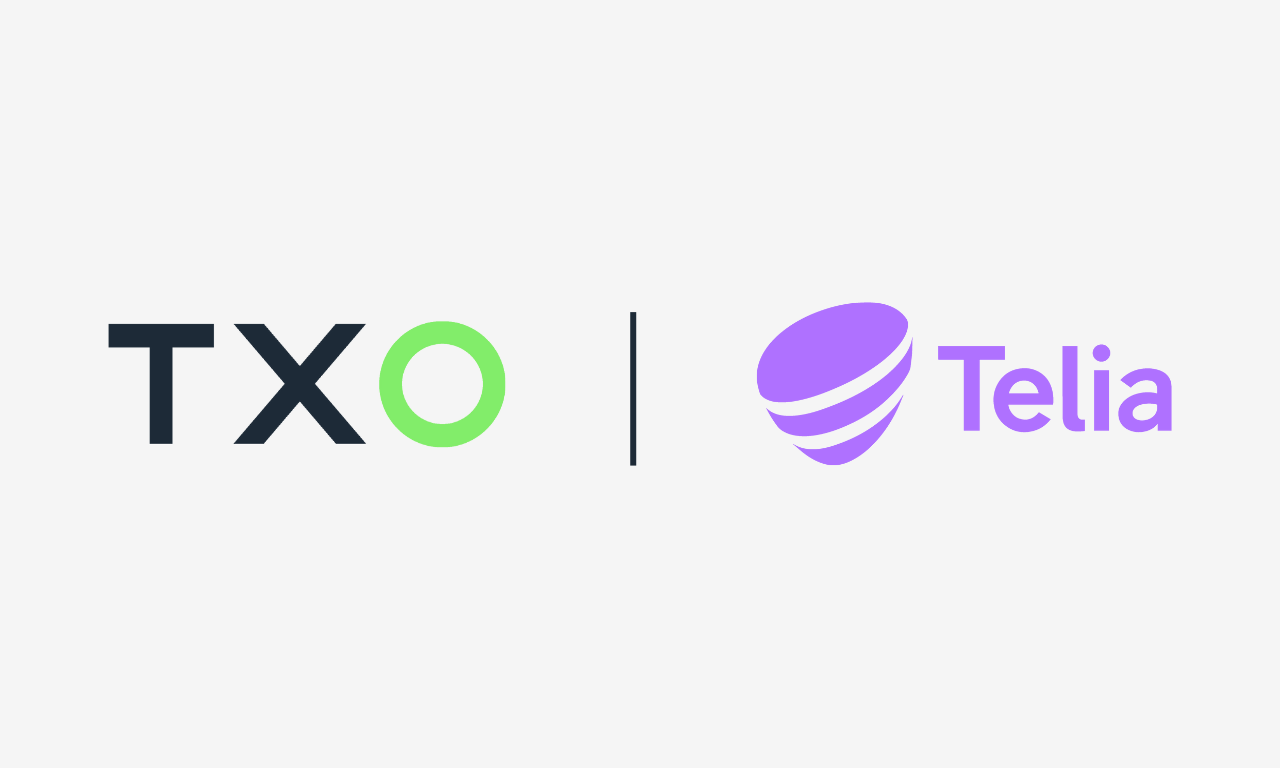
Why circular strategies are key
Telecom operators around the world are facing mounting pressures to balance operational costs, sustainability targets, and customer expectations.
As telecom networks evolve, operators are realising that efficiency isn’t just a goal; it’s a fundamental part of their growth and long-term success. Today, most organisations are measured not only by their ability to innovate and deliver quality connectivity, but also by their capacity to optimise operations while reducing environmental impact.
Those embracing circular economy strategies, like many operators in Scandinavia, are setting a global example of how these practices can deliver significant operational efficiency gains.
Efficiency as a strategic priority
Efficiency underpins the performance and competitiveness of telecom operators, and for our partners in Sweden, Norway, Denmark, and across Scandinavia, this is especially true. Whether in energy consumption, inventory management, or supply chain resilience, Scandinavian telecom companies are leading the charge in creating smarter, more sustainable networks. The circular economy plays a pivotal role in helping operators achieve operational efficiency while supporting their environmental and cost-saving targets.
Kelsie Raynes, Key Account Director at TXO, notes, “In Scandinavia, the circular economy is not just about sustainability; it’s about building smarter networks that stand the test of time. Operators are embracing these practices not only to reduce costs but to ensure that they stay ahead of the curve as the telecom industry evolves.”
Legacy tech: The hurdle and opportunity
Despite significant progress, legacy tech such as 2G/3G and copper networks still present challenges. However, our research has shown Swedish operators are managing these legacy systems more efficiently than most. The financial, operational, and environmental costs of maintaining old infrastructure are high, but Sweden has been proactive in implementing circular strategies, like resale and refurbishment, to mitigate these issues.
Drew Burman, Service Sales Manager at TXO, explains, “Legacy tech is a challenge, but it’s also an opportunity. By applying circular strategies, we can help operators reduce their reliance on outdated systems while optimising their current assets. The result is a more resilient, cost-effective network with less environmental impact.”
Four ways circular practices drive operational efficiency in telecom
- Faster fault resolution with circular spares pools
Circular spares pools enable operators to maintain decentralised stocks of refurbished, tested parts, reducing the reliance on long lead times from OEMs. This streamlined approach to inventory management accelerates repairs and reduces the downtime associated with traditional sourcing models.
2. Network upgrades with minimal disruption
Telecom operators are rolling out next-gen infrastructure like full-fibre and 5G, while progressively decommissioning outdated copper and 2G networks. Circular strategies allow for the gradual integration of refurbished hardware, ensuring seamless transitions and reducing the operational disruption typically associated with large-scale upgrades.
3. Smarter inventory management
Circular strategies involve proactive asset recovery and reverse logistics, providing operators with greater visibility of their existing assets. This enables more efficient use of resources, reducing the need for unnecessary procurement and lowering capital expenditure (CapEx).
4. A resilient and flexible supply chain
Circular telecom practices also enhance supply chain resilience. By decentralising the sourcing of parts and repurposing existing infrastructure, operators are less vulnerable to global supply chain disruptions. Circular networks ensure greater supply flexibility while remaining cost-effective and sustainable.

Case study: Telia’s circular 5G upgrade
Telia’s recent 5G upgrade in Norway is a shining example of how the circular economy can drive both efficiency and sustainability. TXO supported Telia in processing around 70 tons of decommissioned network equipment, including cabinets, circuit boards, antennas, and cables, as part of their commitment to zero waste by 2030.
This project, which saw 12,805 parts sent to TXO’s reuse and recycling facility in Eskilstuna, Sweden, showcases how a circular strategy can optimise network upgrades without compromising on environmental responsibility. Through processes like asset scanning and reuse, Telia achieved a smarter, more sustainable network transformation.
Circularity is the key to telecom’s future
Efficiency, sustainability, and innovation are no longer competing priorities, they are interconnected and essential to the future of telecom networks. Scandinavia’s telecom operators are leading the way by leveraging circular economy practices to enhance operational efficiency while driving sustainability.
At TXO, we are proud to support global operators in implementing circular strategies that not only reduce costs but also accelerate network evolution. As telecom networks continue to modernise across Scandinavia and beyond, the circular economy will remain a key enabler of smarter, greener, and more efficient operations.
